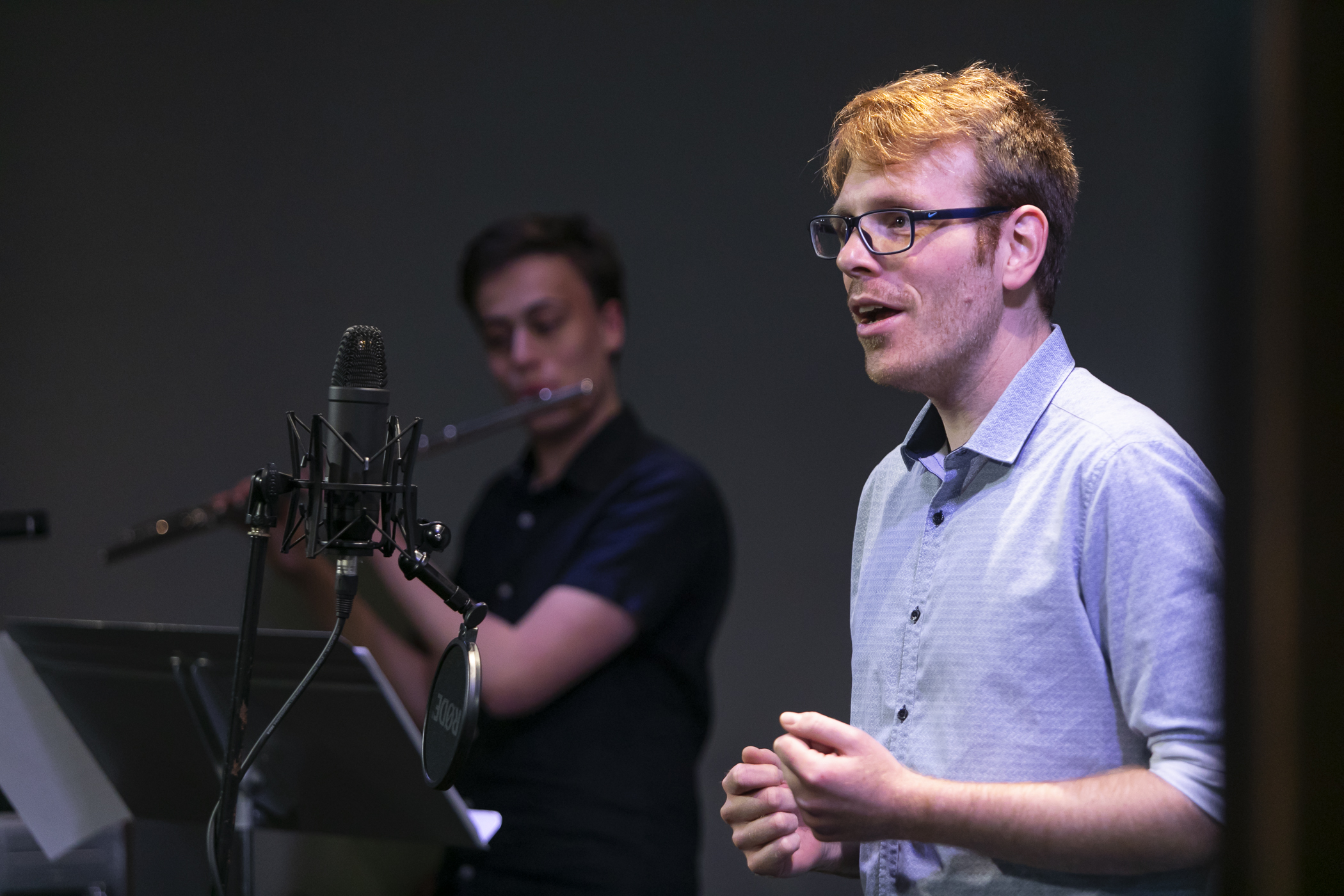Singing consonants can be a mouthful. Here’s how to get them right
Consonants in singing can be tricky, but learning how to position them is necessary for clear and precise singing. While much emphasis is placed on sounding vowels in singing, consonants shape the words you sing so they are understood. This is part 1 of two blogs exploring consonants.
Why it’s important to sing consonants correctly
Incorrect consonant placement can cause problems with your voice’s tone and quality, and breath flow. And perhaps surprisingly, posture plays a part in their sound. A poorly aligned torso or head and neck can cause the jaw to jut, making consonants difficult to articulate. Jaw use is another detail I observe. Sometimes a singer’s jaw is too clenched or wide open for some consonants. Often the jaw does too much work articulating them while the tongue does too little.
Consonants use lips, teeth, tongue, soft palate, the alveolar ridge (the knobby ridge behind your top teeth) and the glottal (the space between your vocal cords). But the tongue is the main shaper and placer, using its back, middle, blade and tip in different coordination’s. Weak tongue control can cause consonants that are mushy and slurred, e.g. “Don’t You” becomes “Don’t chew”.

Photo by Surendran from Unsplash
Types of consonants
There are voiced consonants, which involves adding sound to the letter. These include B, D, G, J, N, L, NG, V, W, Z and ZH, M. Unvoiced consonants don’t involve the vocal cords but momentarily stop air flow before they sound. Try the word To: when you say the T no sound comes until you add the vowel oo. Unvoiced consonants include F, K, P, S, SH and WH, CH.
Tips for better consonant sounding
Tongue tip consonants use your tongue tip against the alveolar ridge. D, T and S are the most common, with D voiced and T unvoiced. Others include L, N, Z, S and R.
The sound TH uses the tongue tip differently. It is placed forward of the top teeth and has a voiced sound as in This and an unvoiced sound as in Thing. A voiced TH is a useful sound in technical and breathing exercises.
R is one of the hardest tip consonants to shape. The tip is behind the ridge, near the ‘valley’ part of the alveolar. Sometimes R stands on its own in a word, but other times it’s part of the following vowel, making it more confusing. The lips are the shape of the vowel that follows an R. Practise this with Run rabbit run; Race red rover.
Soft palate consonants are K (including the C sound in Cat), G, NG and Q and X. For these sounds, the back of your tongue arches toward the soft palate while the tongue tip remains behind the bottom teeth. Just after you have sung the sound, your tongue quickly releases down and your soft palate raises. Your lips stay free for these sounds ready to form the following vowel.
I often advise singers to arch the tongue more forward for these sounds, to achieve a clearer sound that doesn’t get trapped at the back of the mouth. Practise exercises using sink and sing to help you locate the tongue position and movement.
Lip consonants. Several sounds use the upper and lower lip. F and V are familiar fricatives used in our breathing exercises and are formed with the top teeth touching the bottom lip. The tongue stays behind your bottom teeth and the bottom lip moves up to the top teeth. Use a mirror to check you’re getting the correct movement.
P (an unvoiced sound), B and M are sung with the lips closed momentarily. Check that the teeth are open and the tongue is steady behind the bottom teeth. You continue using breath flow for these sounds and need to work on keeping space in the mouth for the following vowel.

Nick performing at our 2023 Studio Concert
W, H, Y – Why so complex? W and WH sounds are made with rounded lips by forming the vowel ooh. You glide from the ooh to the next vowel. Practise using Will. When working with this vowel, you may need to exaggerate the lip shape to find the optimal sound clarity.
H is also formed as if a vowel. We learn its sound by saying aitch. But this has nothing to do with its sound when sung or spoken, such as in Hello or Help. Singers need to learn to blow a small amount of air across the roof of our mouth, to ensure H is articulated and sounds. Its beginning sound is in the space between your vocal cords. This is known as a glottal sound. Working with an experienced singing teacher will help you use H correctly.
Y is formed like the vowel ee. Your tongue will glide forward in your mouth toward the alveolar ridge then quickly move for the following vowel. I use Y a lot in exercises. Its formation helps the tongue learn to come forward and release at the back. The sounds made on Yee or Yah, for example, are clear and open, helping singers distinguish between a closed and open throat and mouth space, and hazy, or shimmering sounds. The tongue learns flexibility, movement and shape. YAY for Y!
Getting the feel for all these sounds needs slow practice so the fluency of consonant to vowel becomes a good habit.
In part 2, we’ll explore final consonants, combined consonant sounds and nasal sounds.
Kathleen Connell is highly experienced in correcting and enhancing articulation for singing. Browse the in-person or online lesson options, or call 0402 409 106.




